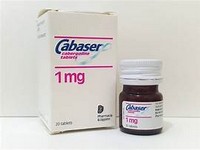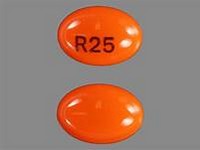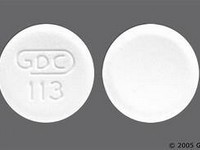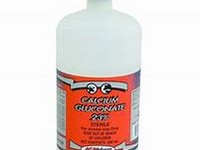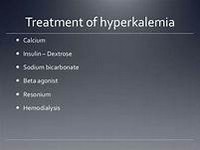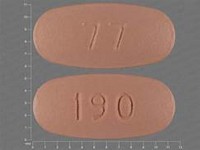Tolbutamide

CLINICAL USE
Hypoglycaemic agent for non-insulin dependent diabetes
DOSE IN NORMAL RENAL FUNCTION
0.5–2 g daily in divided doses
PHARMACOKINETICS
Molecular weight : 270.3 %Protein binding : 95–97 %Excreted unchanged in urine : 0 Volume of distribution (L/kg) : 0.1–0.15 half-life – normal/ESRD (hrs) : 4–7/Unchanged DOSE IN RENAL IMPAIRMENT
GFR (mL/MIN)
20 to 50 : Dose as in normal renal function. Use with caution 10 to 20 : Dose as in normal renal function. Use with caution <10 : Dose as in normal renal function. Use with caution DOSE IN PATIENTS UNDERGOING RENAL REPLACEMENT THERAPIES
CAPD : Unlikely to be dialysed. Dose as in GFR <10 mL/min HD : Not dialysed. Dose as in GFR <10 mL/min HDF/high flux : Unknown dialysability. Dose as in GFR <10 mL/min CAV/VVHD : Not dialysed. Dose as in GFR=10– 20 mL/min IMPORTANT DRUG INTERACTIONS
Potentially hazardous interactions with other drugs Analgesics: effects enhanced by NSAIDs – avoid with azapropazone Antibacterials: effects enhanced by chloramphenicol, sulphonamides, and trimethoprim; effect reduced by rifamycins Anticoagulants: effect possibly enhanced by coumarins; also possibly changes to INR Antifungals: concentration increased by fluconazole and miconazole, and possibly voriconazole Sulfinpyrazone: enhanced effect of sulphonylureas ADMINISTRATION
Reconstition
– Route
Oral Rate of Administration
– Comments
– OTHER INFORMATION
Tolbutamide is not removed by dialysis. It is contraindicated in severe renal impairment, and should be used with great caution in mild to moderate renal impairment because of risk of hypoglycaemia .
See how to identify renal failure stages according to GFR calculation
See how to diagnose irreversible renal disease
Home

